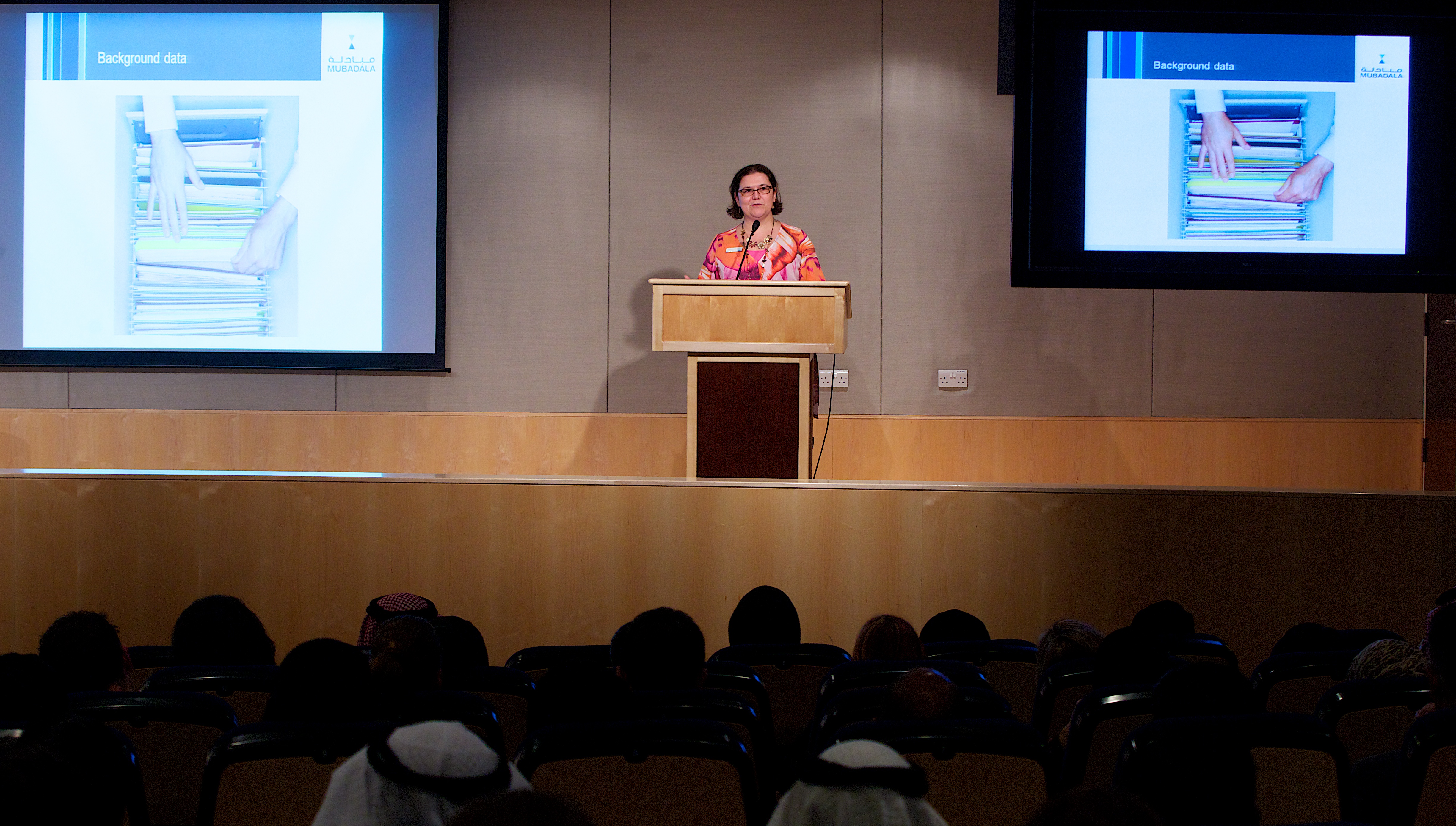About 2 years ago, in Milan, I delivered a presentation on Linking performance management and pay-for-performance to an audience of Compensation & Benefits Managers and HR Directors.
And every now and then, someone who has a copy of this presentation asks me to explain one specific slide.
It is a very short overview of some rather extensive studies done by CLC (Corporate Leadership Council) on employee commitment in the organisation. The most “complicated” slide from the presentation, it certainly deserves some time to go through and understand.
First, here it is :
Influencers of employee commitment
Discretionary effort impacts company financial performance and the studies explain what some of the drivers of employee commitment are. We (HR and senior management) need to understand it, so that we can try to influence this effort at the right points.
There are 3 main drivers (there are others of course) of employee commitment :
- incentive satisfaction : employees are happy with the kind of incentive they receive
- actual fairness of pay distribution : is the incentive really paid/distributed fairly among the employees ?
- and process fairness perception : is the process related to the incentive PERCEIVED as being fair whether it’s true or not ?
And it turns out that the main influencer of how fair the incentive process is perceived, is not so much how the organisation actually pays, but how the organisation communicates about its pay.
In the end, there is only one thing to remember : overall, this slide demonstrates how educating managers on communicating properly about pay in the organisation has a major impact on employee commitment, which itself impacts the bottom line. So just gear up and prepare those training sessions !


[…] has a significant influence on employee commitment levels, which in turn drive employee discretionary effort. In fact, a study from the Corporate Leadership Council showed that for every 10% in increase in […]